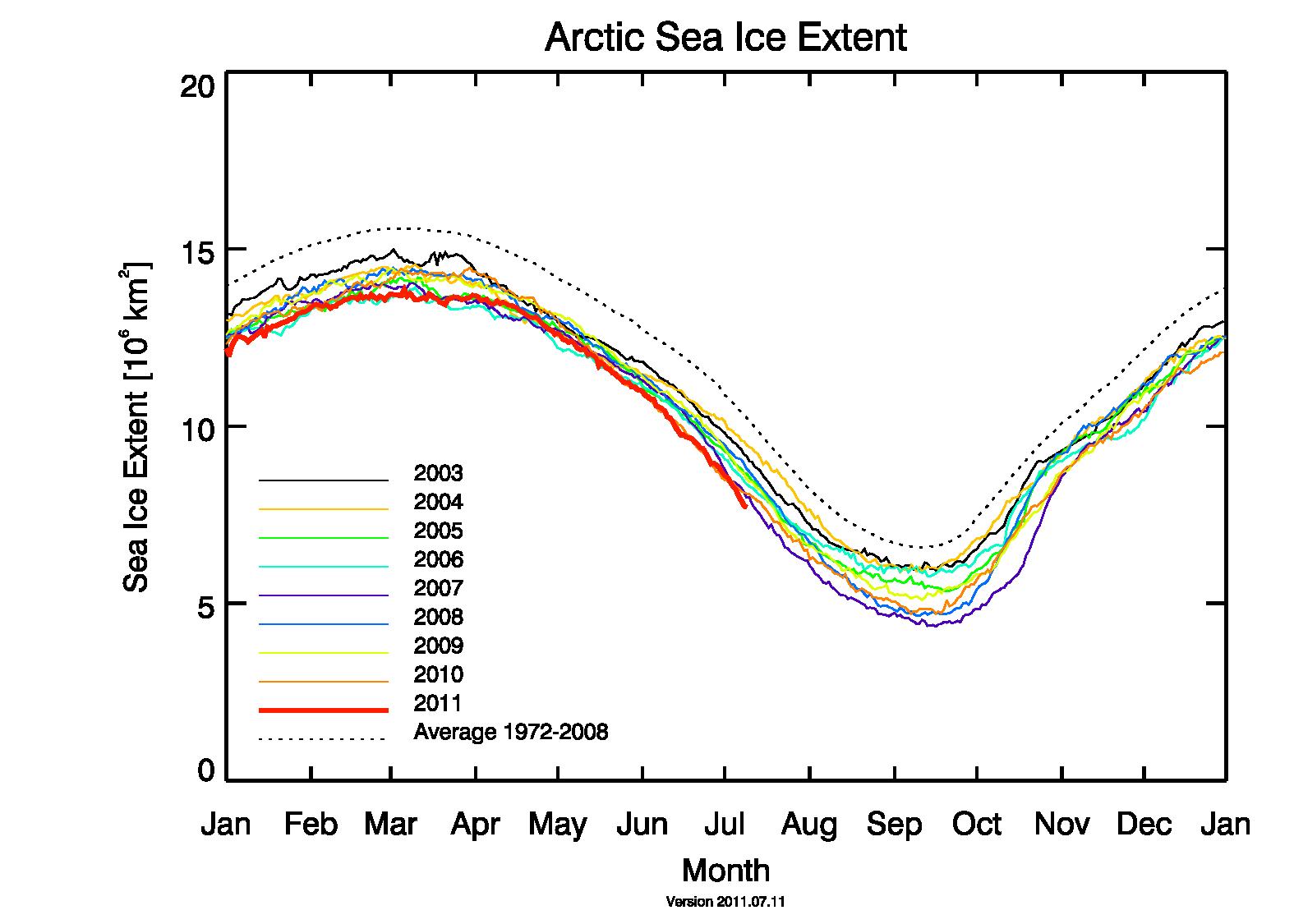There's a Word for That
and it's not the one you are using. . . .
“I don’t know what you mean by ‘decarbonization,’ ” Ethon said.This started as a challenge tossed down by Roger P, as the basis of his 'pragmatic' (scare ', not even worth two ") approach. This is Roger's claim, not Ethon's,
Humpty Pielke smiled contemptuously. “Of course you don’t—till I tell you. I meant ‘there’s a nice way to knock-down an argument for you!’ ”
“But ‘decarbonization’ doesn’t mean ‘a nice knock-down argument’,” Ethon objected.
“When I use a word,” Humpty Pielke said, in rather a scornful tone, “it means just what I choose it to mean—neither more nor less.”
“The question is,” said Ethon, “whether you can make words mean so many different things.”
“The question is,” said Humpty Pielke, “which is to be master that’s all.”
Ethon was too much puzzled to say anything, and started nibbling at the dried Prometheus liver snacks Ms Rabett had packed for him. After a minute Humpty began again. “They’ve a temper, some of them—particularly verbs, they’re the proudest—adjectives you can do anything with, but not verbs—however, I can manage the whole lot! Impenetrability! That’s what I say!
1. Decarbonization refers to a decrease in the rate of carbon dioxide emissions divided by GDP.Not according to the US Energy Information Administration, which tells us that
The carbon intensity of the economy can largely be decomposed into two basic elements: (1) energy intensity, defined as the amount of energy consumed per dollar of economic activity; and (2) carbon intensity of energy supply, defined as the amount of carbon emitted per unit of energy. As illustrated by the formulas below, the multiplication of the two elements produces a numerical value for U.S. carbon intensity, defined as the amount of carbon dioxide emitted per dollar of economic activity:
Energy Intensity x Carbon Intensity of Energy Supply = Carbon Intensity of the Economy,
or, algebraically,
(Energy/GDP) x (Carbon Emissions/Energy) = (Carbon Emissions/GDP).
So what Roger is defining is carbon intensity. It's a neat trick because it drives everything else since changes can come either from changing the numerator or the denominator and Roger knows how to play.
2. Stabilization of carbon dioxide concentrations in the atmosphere (at any low level, but let's say 350 ppm to 550 ppm for those who want a number) requires a rate of decarbonization of >5% per year.
3. The world has been decarbonizing for at least 100 years, and the rate of this decarbonization was about 1.5% from 1980 to 2000.
 The reason that the definition is important can be seen in a graph showing carbon intensity, energy intensity and the carbon/energy ratio for the US at the EIA site. True this is only for twenty years, but what can be seen immediatelyis that the change in carbon intensity has been driven by the change in energy/gdp, not visa versa, that the ratio of carbon to energy has stayed roughly constant.
The reason that the definition is important can be seen in a graph showing carbon intensity, energy intensity and the carbon/energy ratio for the US at the EIA site. True this is only for twenty years, but what can be seen immediatelyis that the change in carbon intensity has been driven by the change in energy/gdp, not visa versa, that the ratio of carbon to energy has stayed roughly constant.So what is the rate of change in carbon intensity for the US from 1980 to 2000, about 2% per year, BUT the change in energy intensity is just about the same.
4. In order to get from a rate of 1.5% (or smaller) to higher rates, such as >5%, requires that decarbonization be accelerated.Roger, appears not to have noticed that the world is somewhere between a recession and a depression, i.e. GDP is not growing. Historically, carbon intensity has been controlled by increases in efficiency and has been denominator controlled. What the world needs is to decrease the total amount of emitted carbon.
5. However, the world has in recent years seen rates of decarbonization decelerate and in the most recent few years may have even been re-carbonizing, that is, the ration of CO2/GDP has been increasing.
6. In 2010 the United States re-carbonized as well.
There has been no effective decarbonization (not decarbonization TM RPJ) and, some, not Eli to be sure, would say there will never be as long as Roger has anything to say about it. Go over there and cheer the old guy up.
(Oh yes, Roger's links are all to Roger. Eli is shocked:)











 I've been offline the last two weeks to do a volunteer vacation/vacation in Alaska. As Stoat has mentioned somewhere, volunteering is a great way to ignore your air travel emissions, and this was the third time I've done it by taking GPS measurements of glaciers.
I've been offline the last two weeks to do a volunteer vacation/vacation in Alaska. As Stoat has mentioned somewhere, volunteering is a great way to ignore your air travel emissions, and this was the third time I've done it by taking GPS measurements of glaciers. 








